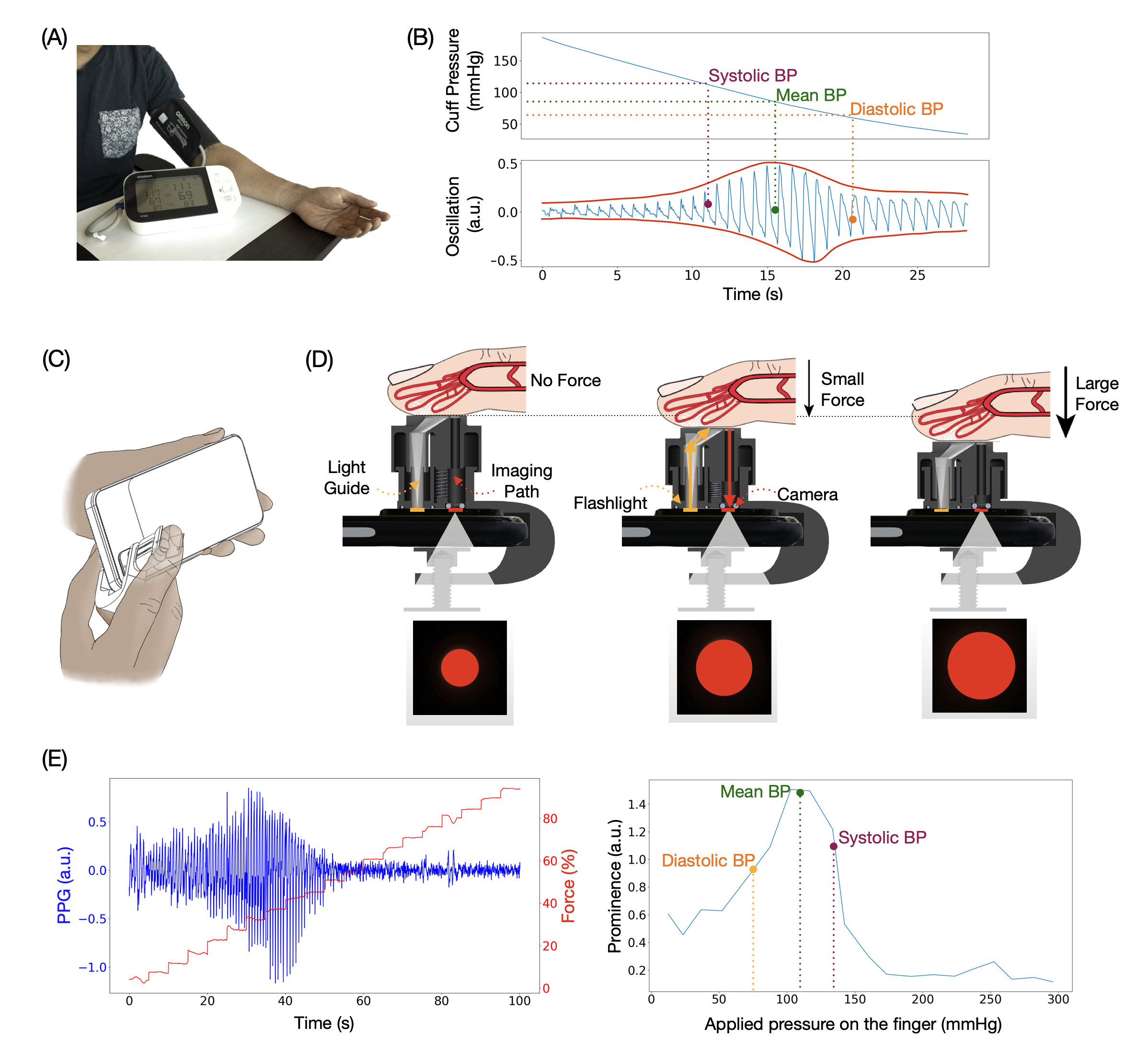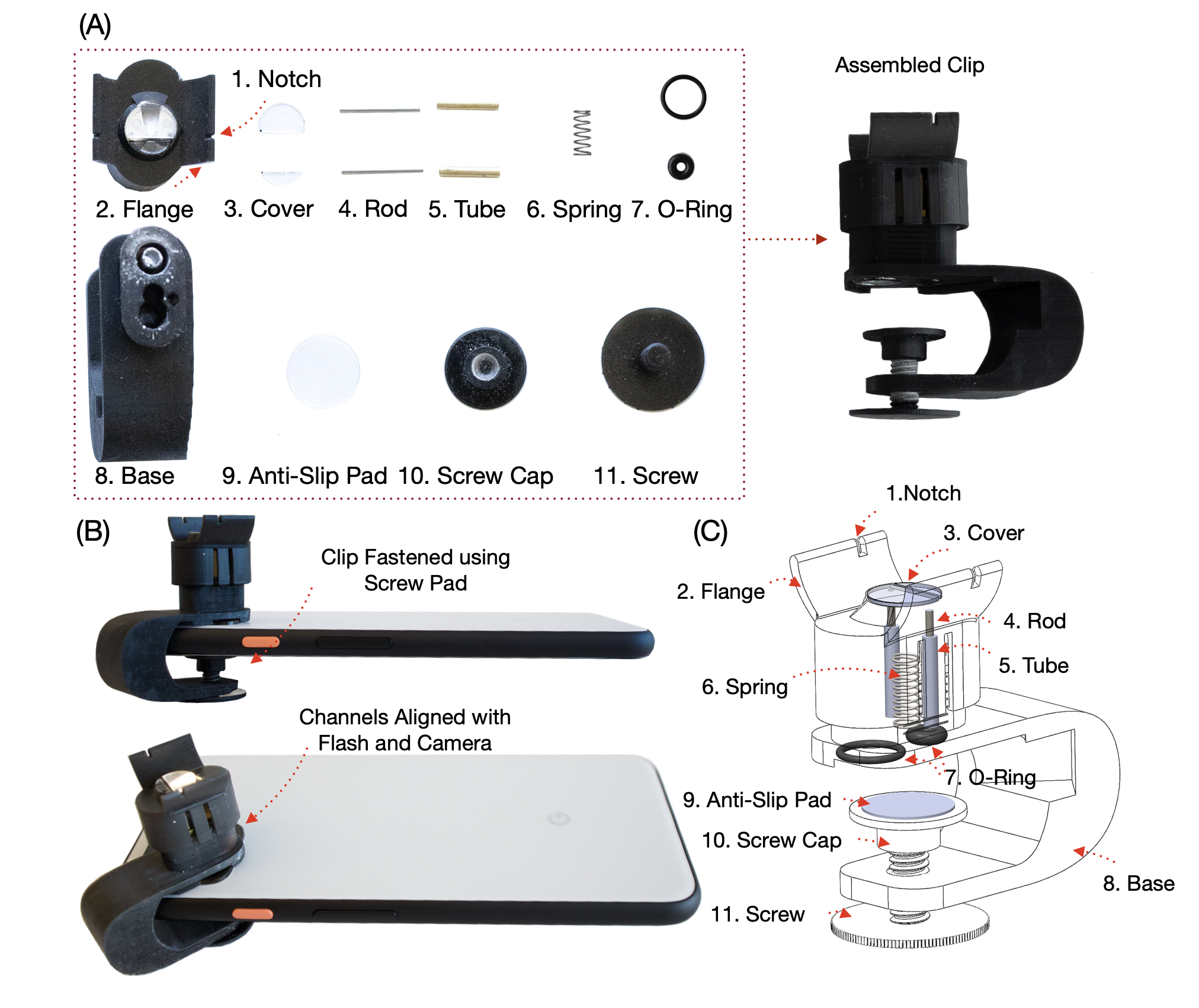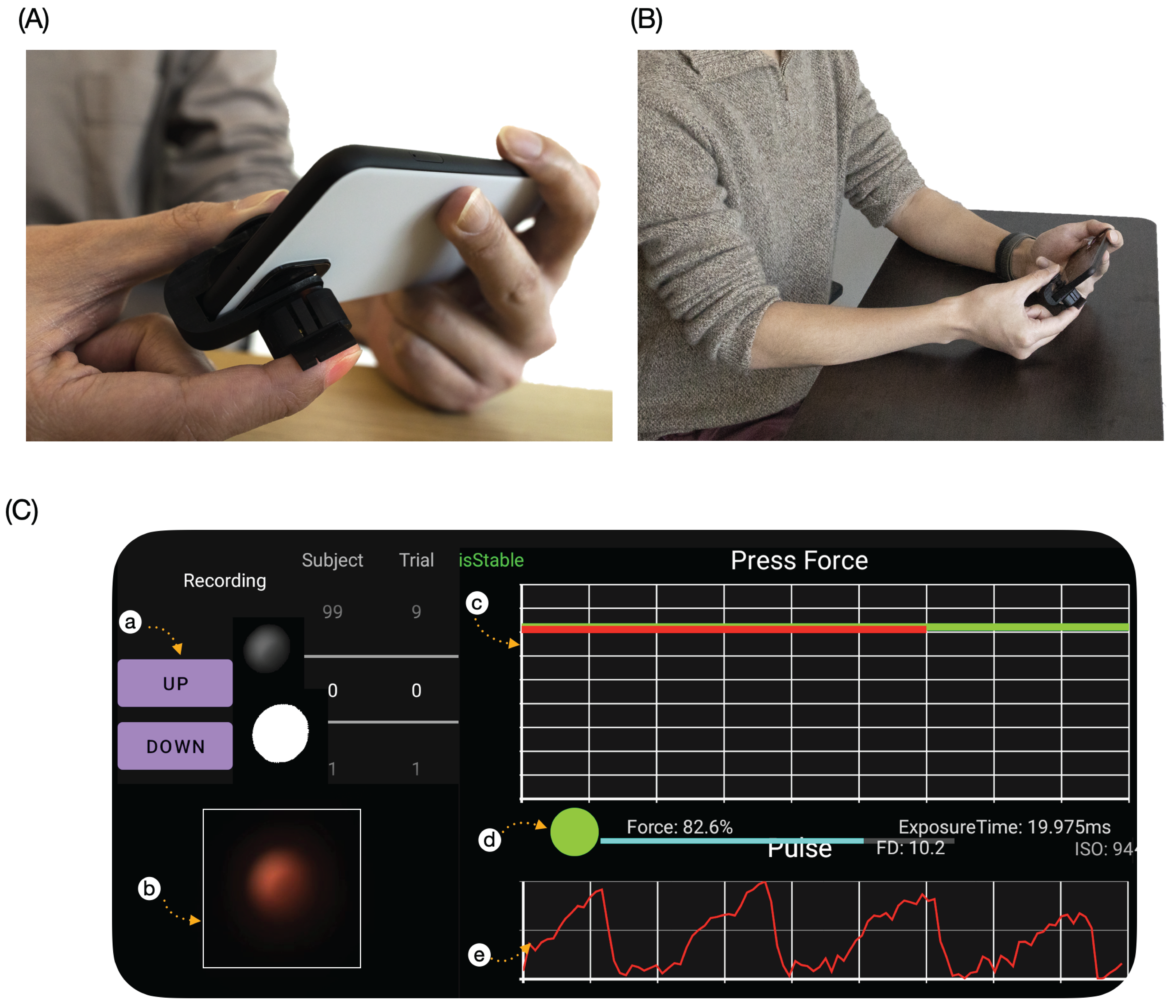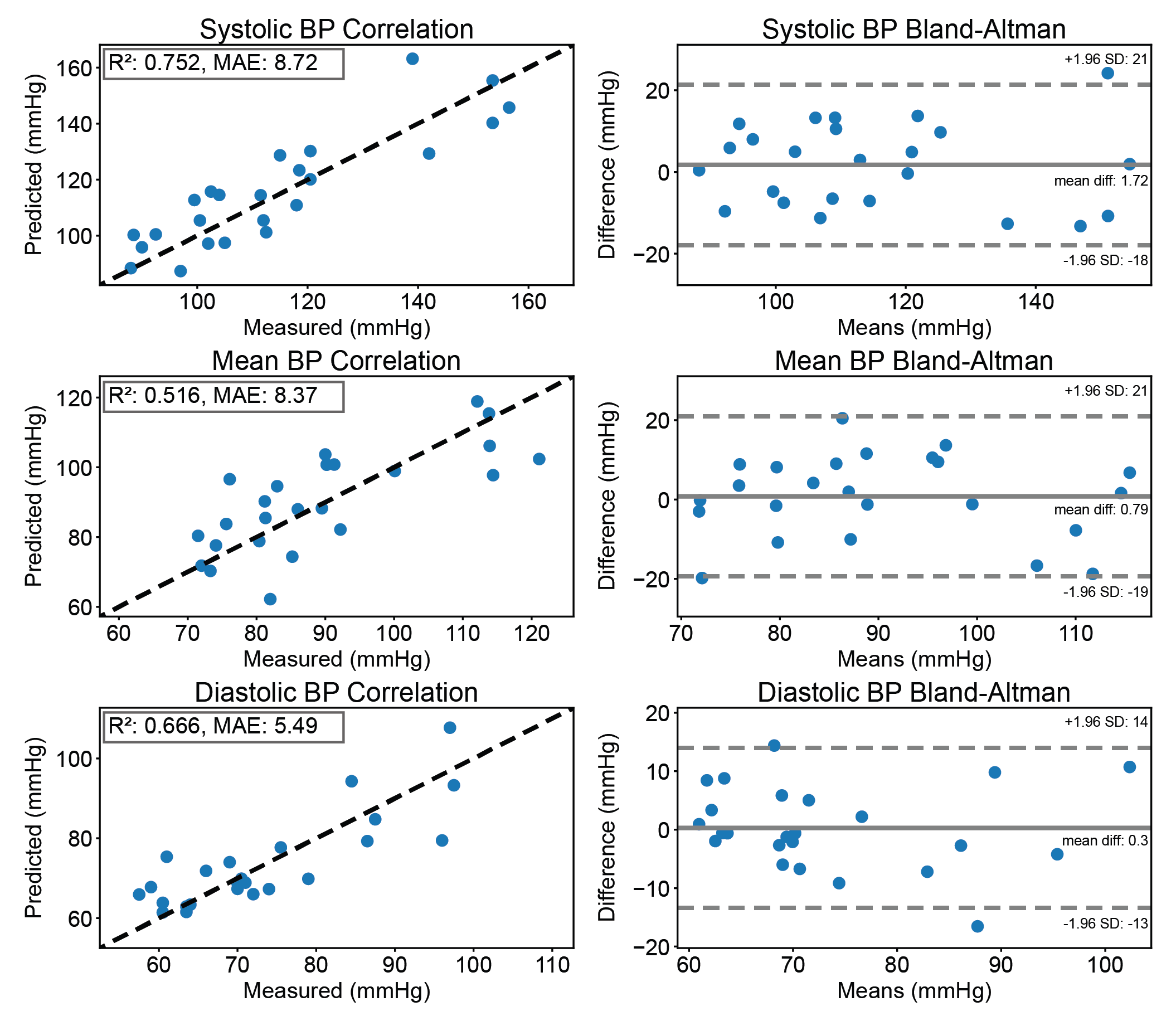BPClip is a low-cost 3D-printed smartphone attachment for blood pressure monitoring that utilizes a smartphone's camera and flashlight. This device aims to make blood pressure measurement more accessible, particularly in resource-limited settings. By promoting the use of this affordable technology, the intention is to facilitate better management of hypertension and overall health for individuals worldwide.
Related Skills:
Nature Scientific Reports
Ultra-low-cost Mechanical Smartphone Attachment for No-Calibration Blood Pressure Measurement
Altmetric Score:
Corresponding Email:
Altmetric Score:
Figures




